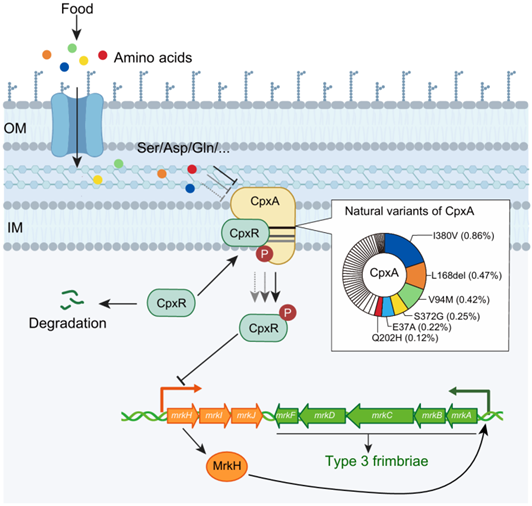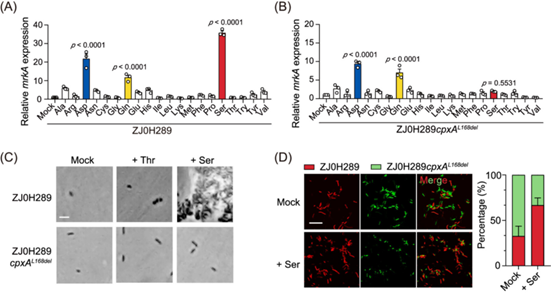
mLife Journal
@journal_mlife
mLife is an open access microbiology journal. It strives to build a high-level academic exchange platform for the global microbiology community.
ID: 1512373744420884480
https://onlinelibrary.wiley.com/journal/2770100x 08-04-2022 10:16:28
716 Tweet
304 Takipçi
148 Takip Edilen

On Microbial Alkane Degradation: A new #mLife work reveals how AlkR, a GntR/VanR-family regulator in Pseudomonas aeruginosa, represses alkane-degrading enzyme AlkB2—and how medium/long-chain acyl-CoA molecules flip the switch. Wiley Microbiology Learn more: doi.org/10.1002/mlf2.7…
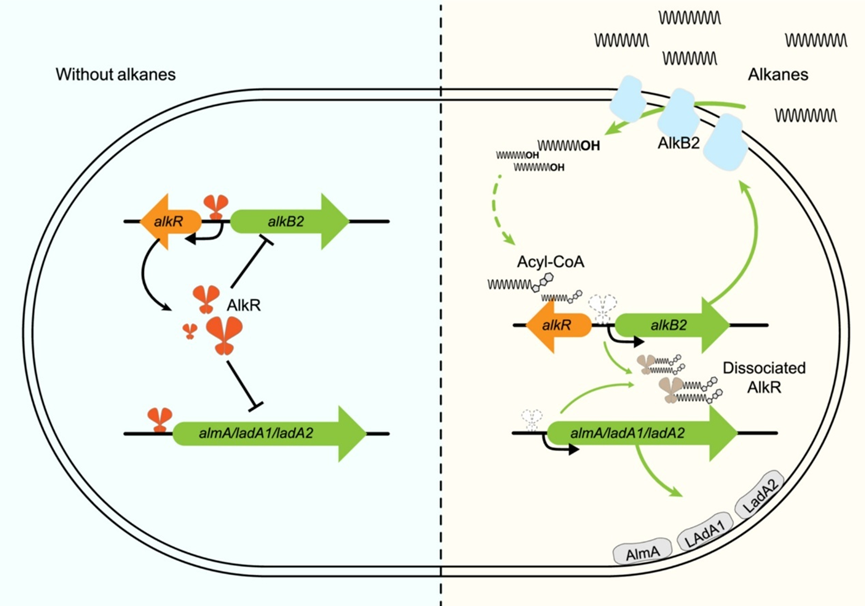

New in #mLife: A CRISPR‑NHEJ system for rapid, efficient gene knockout in Mycobacterium abscessus—unlocking powerful genetic tools for this tricky pathogen! Wiley Microbiology Read the paper: doi.org/10.1002/mlf2.7…
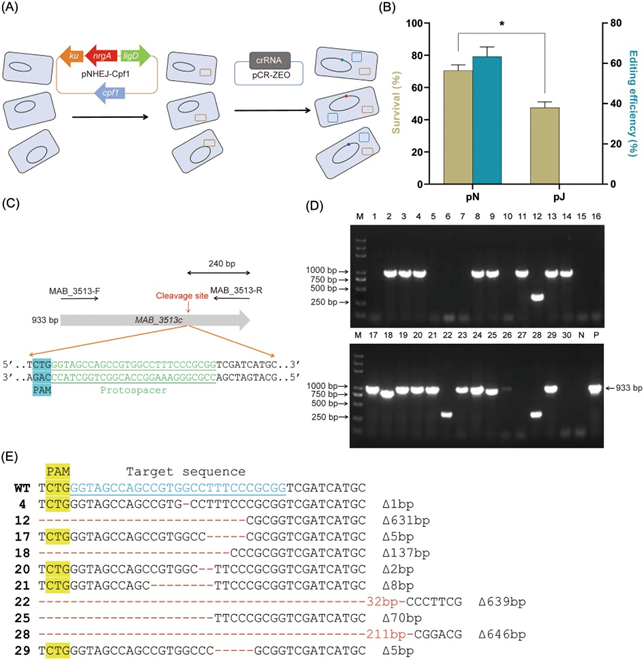

mLife organized a Special Collection on AI and Enzyme Engineering! Explore how artificial intelligence is transforming enzyme discovery, design, and performance optimization. Wiley Microbiology Featuring 6 cutting-edge studies 👇 🔗onlinelibrary.wiley.com/doi/toc/10.100…

🚨 mLife shines in Microbiology! ✅ 2024 IF: 4.5 (Q1 in JCR) ✅ Indexed in ESCI, PubMed, Scopus & more ✅ Publishing high-impact Microbiology research since 2022 Explore our most-cited papers 👇🏻 onlinelibrary.wiley.com/doi/toc/10.100… Submit your latest discoveries! Wiley Microbiology



How is deep learning transforming protein engineering? This new review explores models, representations, and future directions at the AI-biology frontier. 🔬 Read in mLife Journal: ow.ly/sXlU50WpTZs #ProteinEngineering #AI #DeepLearning
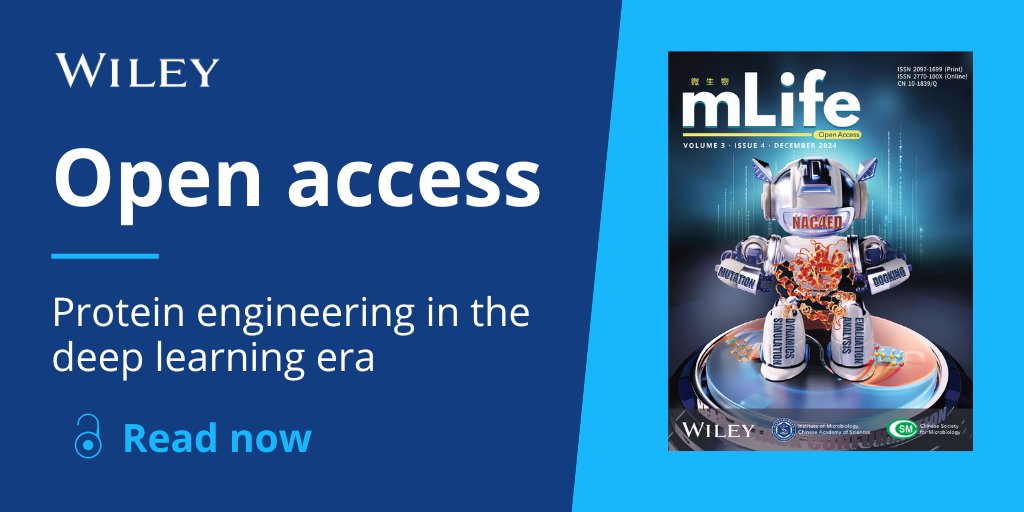

🚨 New in mLife! Wiley Microbiology Most bacteria & archaea don’t have poly(A) tails, so poly(A)-selected RNA‑seq barely captures their transcripts. ❌ Using it to profile microbiomes = biased, incomplete & misleading. Want to know how to avoid? 👉onlinelibrary.wiley.com/doi/full/10.10…



